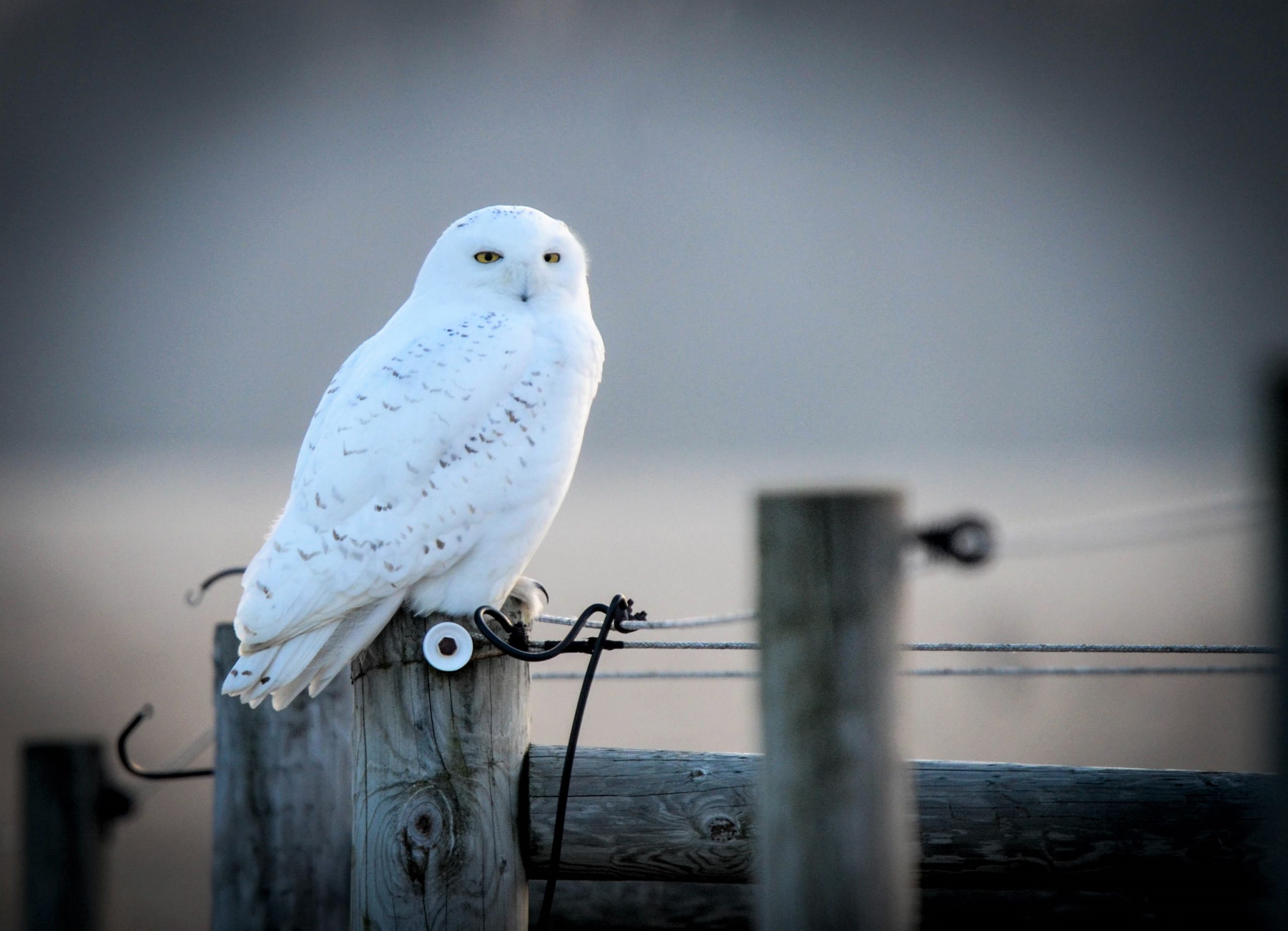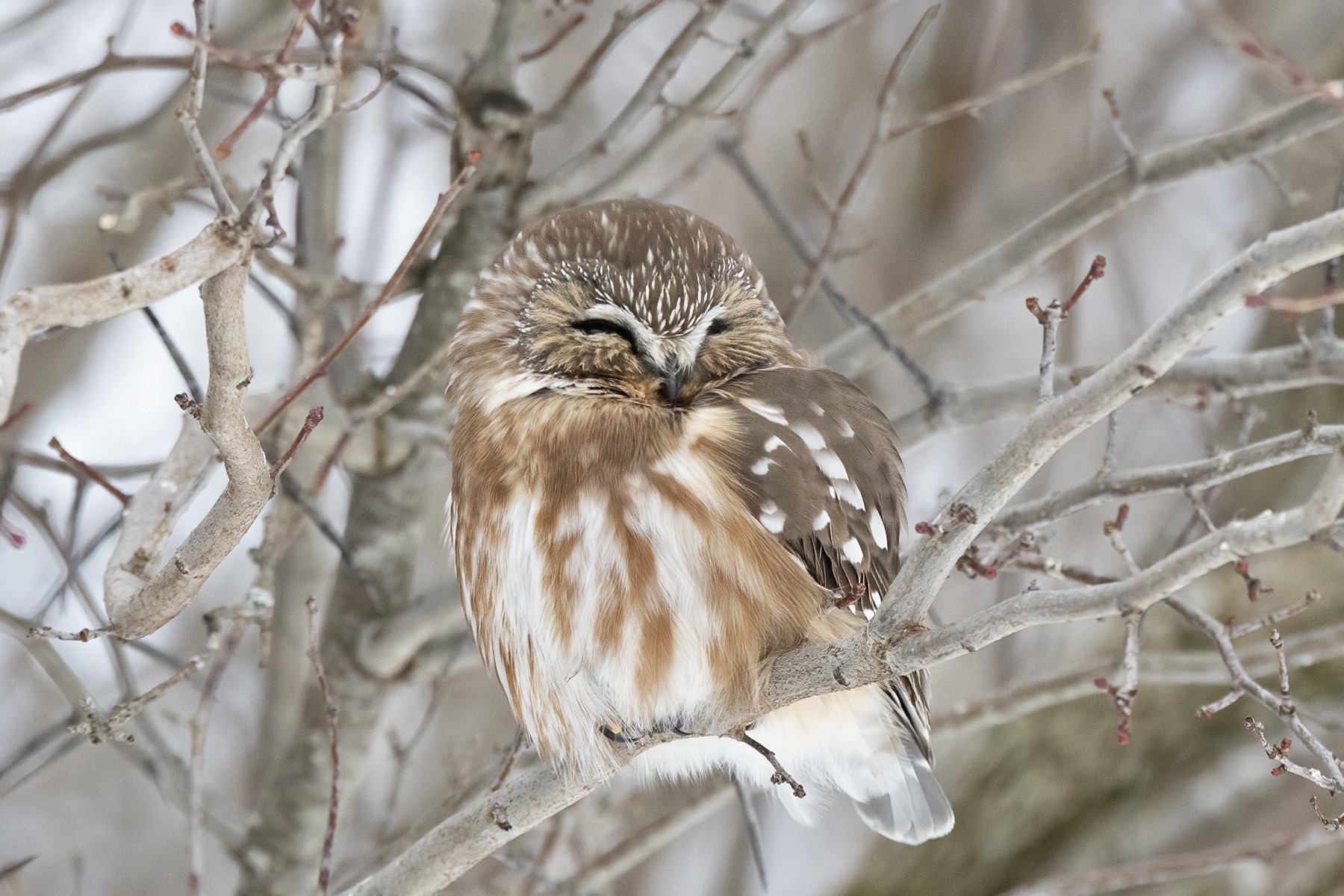For many bird lovers in Canada, seeing our first Snowy Owl or Northern Saw-whet Owl is a cherished memory. These powerful chance encounters can even spark an interest in birds and nature that lasts a lifetime! We benefit from these experiences, but, if we’re not mindful, the impact on the owls can be negative one.
In Canada, the late fall and winter seasons are prime time to see many owl species that move south from northern forests and the Arctic, as part of an annual migration or because of a lack of food in their traditional summering range. Locations such as coastal green spaces in cities like Vancouver or forested areas on the edges of the Great Lakes can attract congregations of several species depending on food availability and other factors.

Snowy Owl Photo: Ted Gough
It is during these times that several owl species are sometimes subjected to harmful or even deadly disturbance by people who come to add to their bird list, take photos, or simply have a look at the owl. Constant disturbance uses up valuable energy during the cold winter months and may prevent birds from hunting properly, both of which can be lethal. And some species that roost communally, like the Long-eared Owl, are very sensitive to any disturbances during the winter months. When the presence of people drives them from their roost, these surprisingly dainty owls are made more vulnerable to predators than they would be otherwise, and they suffer the fatal consequences.

Northern Saw-whet Owl Photo: Judith Blakeley
So how can we still appreciate these amazing birds without causing harm? Here are some guidelines for observing and photographing owls:
- Watch or photograph quietly and from a distance.
- Do not disturb roosting owls.
- Move on after a few minutes. If the bird looks towards you, or its behaviour otherwise seems to change in response to your presence, then you should move farther away.
- Do not bait owls. The owls can become habituated to being fed by people. This disrupts their natural hunting behaviours and draws them to the roadside, which can lead to collisions with vehicles.
- Audio playback should not be used to attract owls.
- Don’t use spotlights or flash photography, and do not trim foliage or cut down trees to get a better view of the bird.
- If the owl flies away, do not follow it and do not go off trail to pursue it.
- To avoid drawing a crowd, use discretion when it comes to sharing information about your observation. If you submit it to eBird, review the guidelines for sensitive species. We recommend that you do not mention the specific location of the owl when telling your story.
We thank all of you who show your appreciation for these beautiful and sensitive birds by giving them space when you encounter them. Preventing disturbance to owls is an important way to help their populations survive and thrive in the wild.
This article was co-written by a team of Birds Canada staff: Ellen Jakubowski, Jody Allair, Kathy Jones, Ruth Friendship-Keller, and Yousif Attia.

